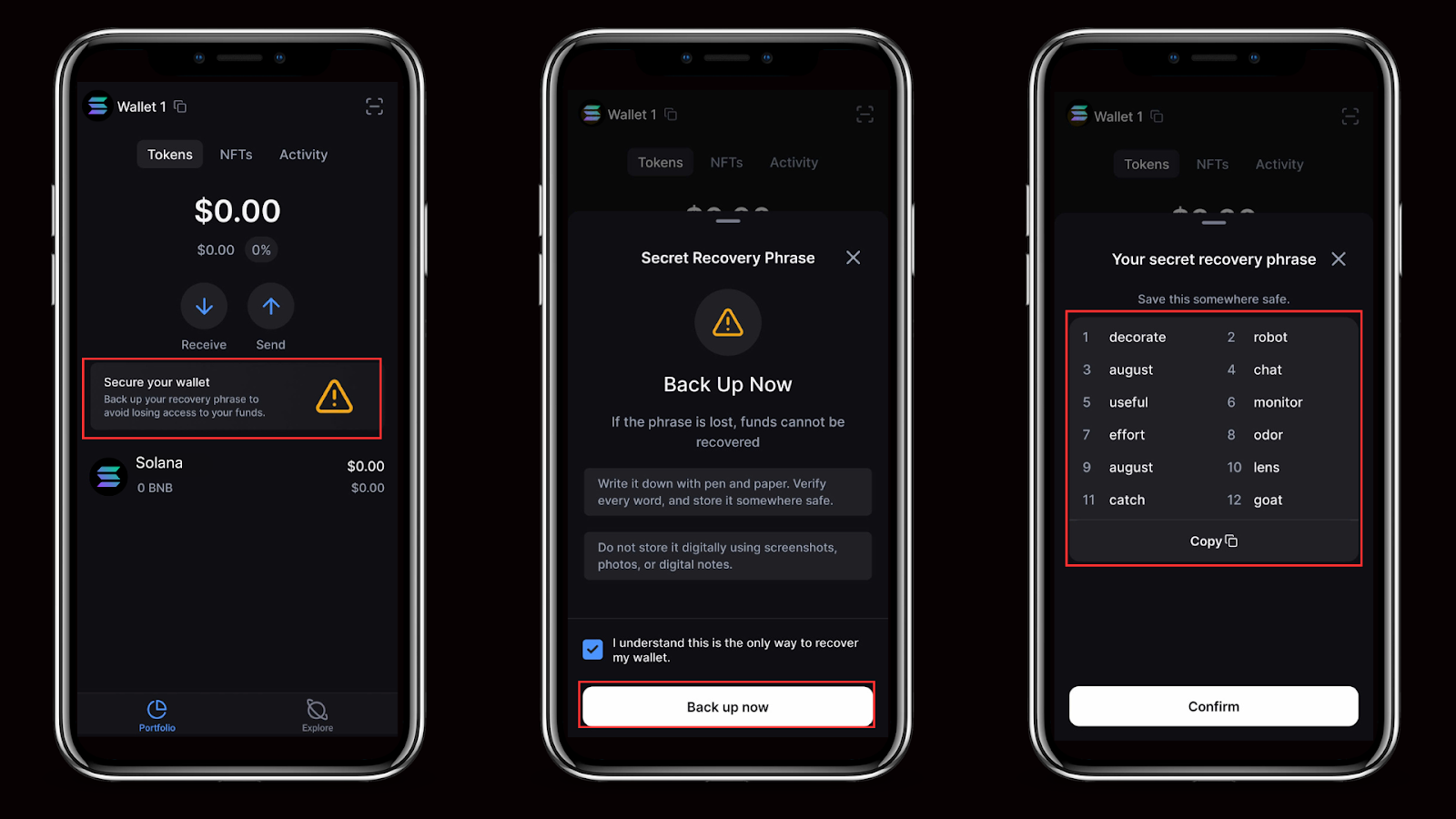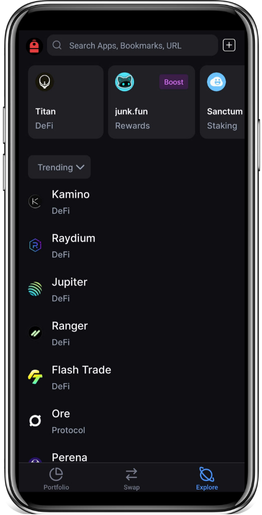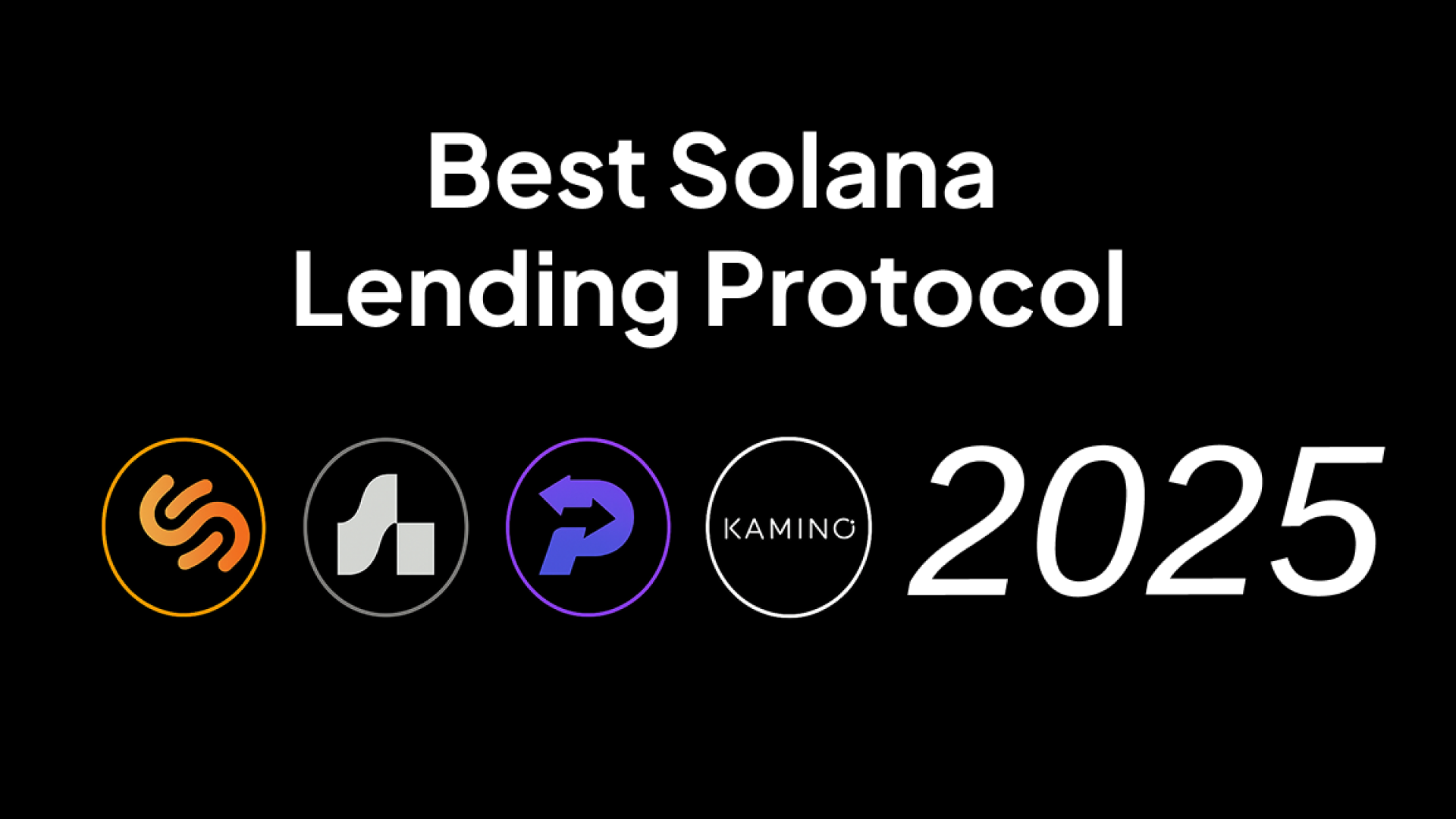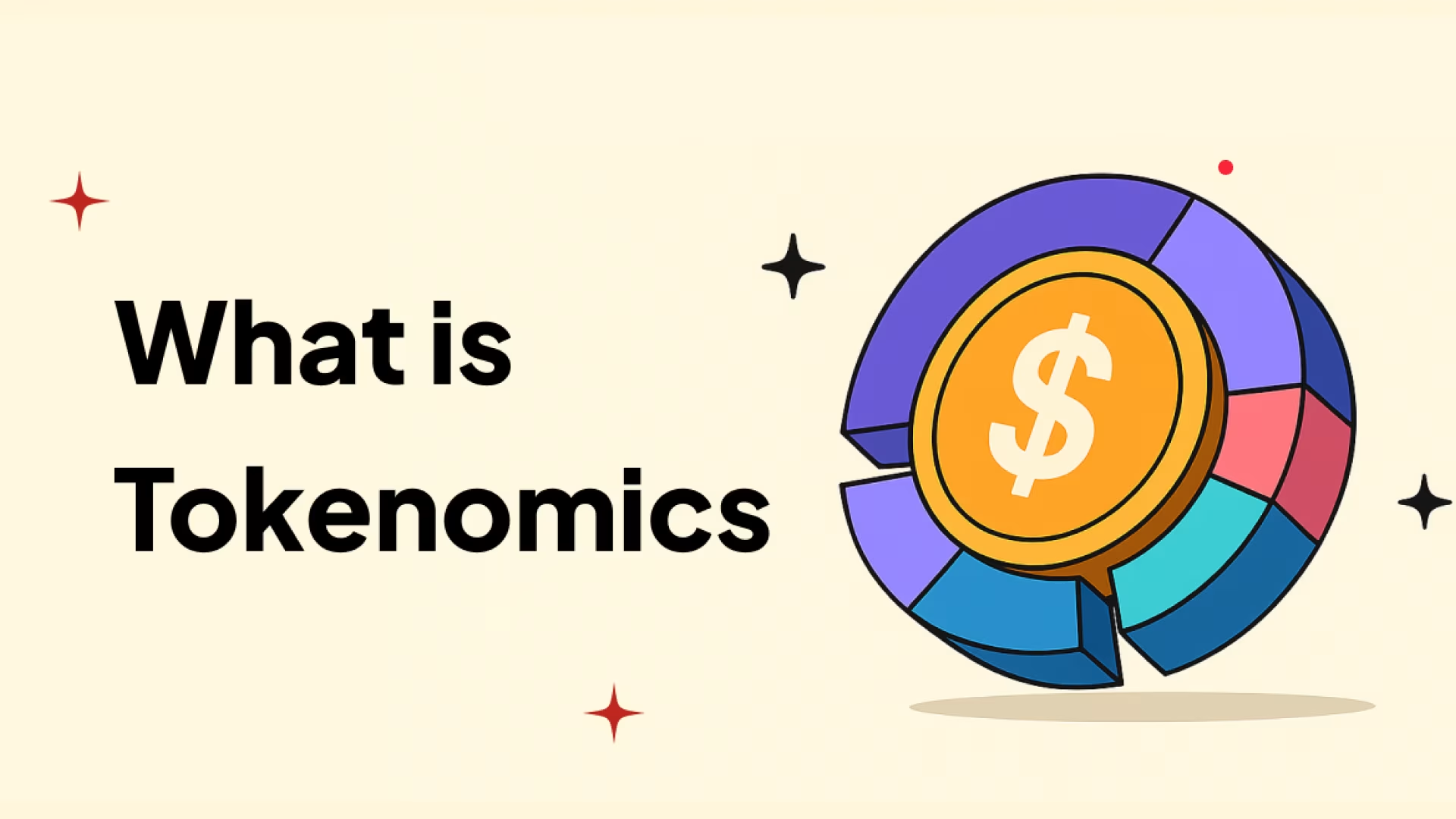What Is DeFi? A Guide to Decentralized Finance for Crypto Users
Decentralized Finance (DeFi) has reshaped how people interact with money. Instead of relying on banks or intermediaries, DeFi uses blockchain technology to offer open, permissionless financial services accessible to anyone with an internet connection. As DeFi matures in 2025, understanding its structure, opportunities, and risks is essential for every crypto user, trader, and builder using Backpack Exchange.
What Is DeFi?
DeFi, short for Decentralized Finance, refers to a financial ecosystem built on blockchain networks, most notably Ethereum and Solana, that enables peer-to-peer transactions through smart contracts. These automated programs remove intermediaries and execute agreements directly on-chain.
DeFi replicates many traditional financial services, including:
- Lending and borrowing: Users earn yield or access liquidity without banks.
- Trading and exchanges: Automated market makers (AMMs) allow swaps between tokens 24/7.
- Stablecoins and payments: Tokens pegged to fiat currencies facilitate stable transfers.
- Derivatives and insurance: On-chain contracts enable new financial instruments and coverage models.
How DeFi Works
At its core, DeFi operates through smart contracts, self-executing code that performs transactions when conditions are met. These contracts live on decentralized blockchains, meaning no single entity can alter or censor them once deployed.
Key Components of DeFi
By combining these components, DeFi applications eliminate intermediaries, increase transparency, and enable global access to financial tools.
Why DeFi Matters
DeFi continues to gain traction as users demand greater control over their digital assets. According to DefiLlama data from October 2025, the total value locked (TVL) across DeFi protocols is well above USD 70 billion, marking steady recovery and innovation since 2022’s market downturn.
Key Trends Driving DeFi Growth
- Layer-1 Efficiency: Networks like Solana offer high-speed and low-cost transactions, improving scalability.
- Real-World Asset (RWA) Tokenization: Projects are bringing assets like treasury bills and real estate on-chain.
- Cross-Chain Liquidity: Interoperable protocols enhance movement of value between ecosystems.
- User Experience Enhancements: Wallets such as Backpack simplify on-chain interactions, making DeFi more accessible.
Opportunities and Benefits
DeFi opens financial participation beyond borders and traditional systems.
Key Advantages
- Accessibility: Anyone can join without needing a bank account.
- Transparency: All transactions are visible on public ledgers.
- Control: Users hold custody of their assets rather than centralized institutions.
- Innovation: Programmable finance allows for new models like yield farming and liquidity pools.
For Backpack Exchange users, integrating DeFi tools provides practical ways to manage portfolios, stake tokens, or access decentralized liquidity, all within a secure and unified ecosystem.
Risks and Considerations
Despite its potential, DeFi carries significant risks that crypto users must understand before participating.
Common Risks
- Smart Contract Vulnerabilities: Bugs or exploits in code can lead to loss of funds.
- Regulatory Uncertainty: Governments worldwide continue to refine crypto and DeFi regulations.
- Market Volatility: Token prices can fluctuate sharply.
- Scams and Rug Pulls: Users must verify platforms and audit results before investing.
To reduce risk, always conduct due diligence, use reputable protocols, and store assets securely in non-custodial wallets like Backpack.
How to Start Using “DeFi” on Backpack
Getting started with DeFi is straightforward once you understand the basics.
- Set up your Backpack Wallet and secure your private keys.


- Connect to a DeFi dApp through supported networks like Solana or Ethereum.

- Fund your wallet with crypto tokens to begin trading or staking.
- Monitor on-chain transactions and manage your assets through Backpack’s dashboard.
Always double-check contract addresses, transaction details, and network fees before confirming any activity.
The Future of DeFi
In 2025, the DeFi ecosystem is shifting toward greater integration with traditional finance. Central banks are exploring CBDCs (Central Bank Digital Currencies), while institutions are testing on-chain settlement systems. These developments hint at a hybrid future where decentralized and centralized systems coexist.
As DeFi continues to evolve, user-focused platforms like Backpack are positioned to help bridge the gap bringing accessibility, transparency, and control to a broader audience.
Learn more about Backpack
Exchange | Wallet | Twitter | Discord
Disclaimer: This content is presented to you on an “as is” basis for general information and educational purposes only, without representation or warranty of any kind. It should not be construed as financial, legal or other professional advice, nor is it intended to recommend the purchase of any specific product or service. You should seek your own advice from appropriate professional advisors. Where the article is contributed by a third party contributor, please note that those views expressed belong to the third party contributor, and do not necessarily reflect those of Backpack. Please read our full disclaimer for further details. Digital asset prices can be volatile. The value of your investment may go down or up and you may not get back the amount invested. You are solely responsible for your investment decisions and Backpack is not liable for any losses you may incur. This material should not be construed as financial, legal or other professional advice.

.png)


